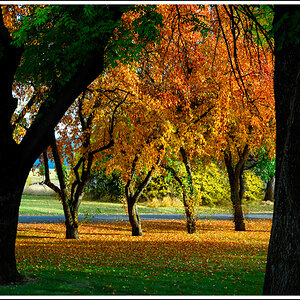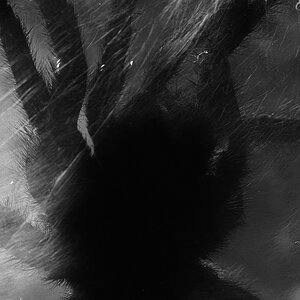I need to take some portraits later today. I am using a Panasonic GH4 and have a metabones speed booster. My question is which of these configurations will allow me to achieve a nice blurry background / bokeh the easiest while still capturing the portrait?
Camera: Panasonic GH4
Lens: Sigma 18-35 f1.8
1. (no speed booster) 35mm equivalent focal range 36 to 70, max aperture f1.8
2. (with speed booster) 35mm equivalent focal range 23 to 45, max aperture f1.4? (not sure what the full stop reduction is from 1.8 using the speed booster)
It seems like option 2 might be the best, but you hardly have any range to zoom in with, and having more of a telephoto lens seems to be ideal for portraits.
Thank in advance
Camera: Panasonic GH4
Lens: Sigma 18-35 f1.8
1. (no speed booster) 35mm equivalent focal range 36 to 70, max aperture f1.8
2. (with speed booster) 35mm equivalent focal range 23 to 45, max aperture f1.4? (not sure what the full stop reduction is from 1.8 using the speed booster)
It seems like option 2 might be the best, but you hardly have any range to zoom in with, and having more of a telephoto lens seems to be ideal for portraits.
Thank in advance


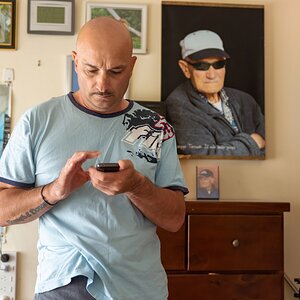
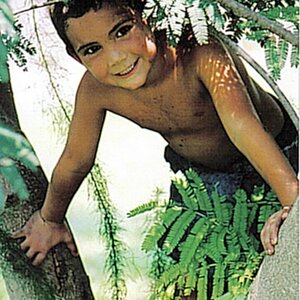
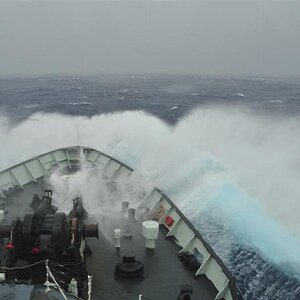

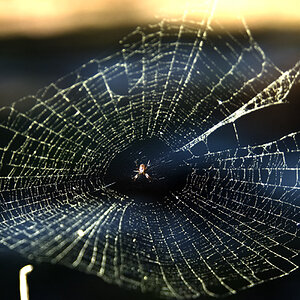
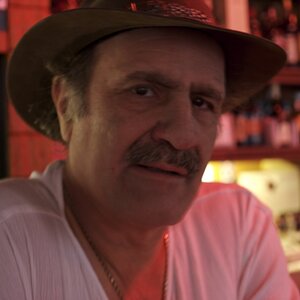
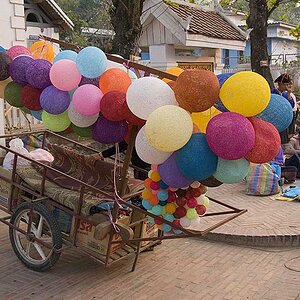
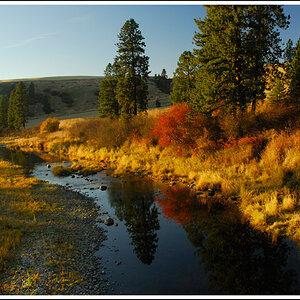
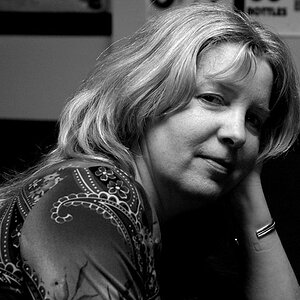
![[No title]](/data/xfmg/thumbnail/32/32699-3434a76363cb383404e00a3cd5ed5728.jpg?1619735601)
